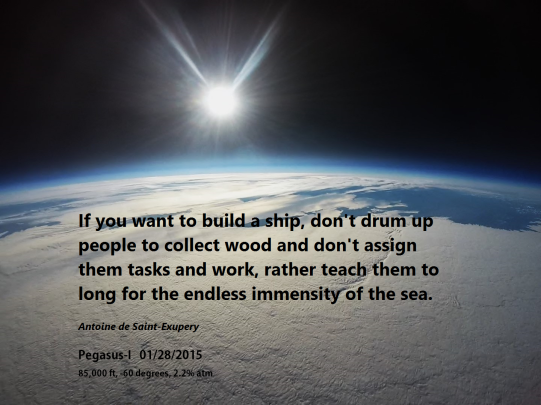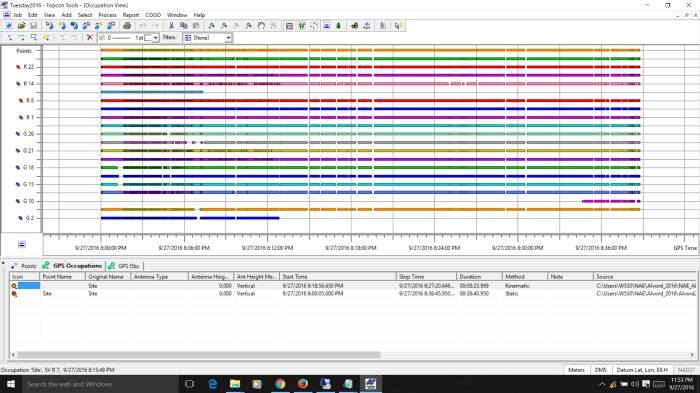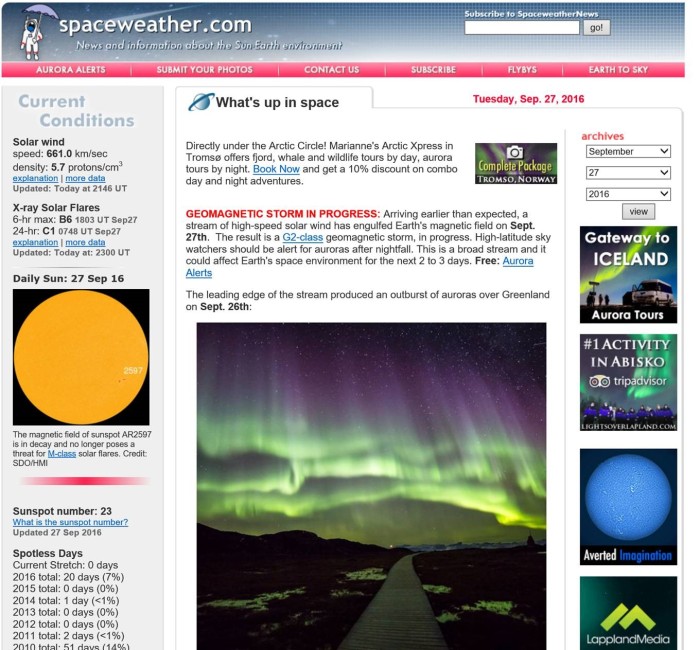The day started with flat tire on the 32 mile unpaved road into the Alvord Desert to meet up with the NAE. Once arriving late we encountered some sad news regarding the daring night plane flight carrying parts to the NAE…the plane had crashed in the darkness and had mistaken a cattle truck as the marker for the makeshift runway. Fortunately, the pilot was unharmed, but the plane was destroyed. During the hectic rescue attempt in complete dark, the pilot was miraculously located and his first words were “I got your parts.”
We were informed that the hydraulics had been altered to a previous state, ca 2013, and that Ed Shadle was going to attempt a late afternoon shakedown run. Fingers cross the NAE prepared to make the critical test run.
The run was a complete success with Ed Shadle reaching an official 362 mph. Our real-time telemetry and user message interaction also worked flawlessly with the apps. Users could taste the thrill the NAE’s speed quickly accelerated from 150 mph to over 350 mph.
Our drone video coverage allow us to capture these amazing views below:
Orbit prior to start
Aerial view of start
The plan is for Jessi Combs to pilot the 1st run tomorrow. Godspeed Jessi.
Our field crew departed NAE base camp to make the drive back to the hotel, only to experience another flat tire on our favorite 32 mile unpaved road. Minutes later, “Tiny” from Les Schaub Tire Service appeared from nowhere out the utterly complete darkness on the road. Tiny quickly backed his truck toward our vehicle and changed the tire in a jiffy with his pneumatic drill. Refusing to accept payment for his services, Tiny, speeded off and disappeared into the dark from which he came. The only vehicle we saw in the 40 mile stretch of desert road know as the Steen Highway. Perhaps our luck is changing.
Dare Mighty Things (and thank you “Tiny”)






